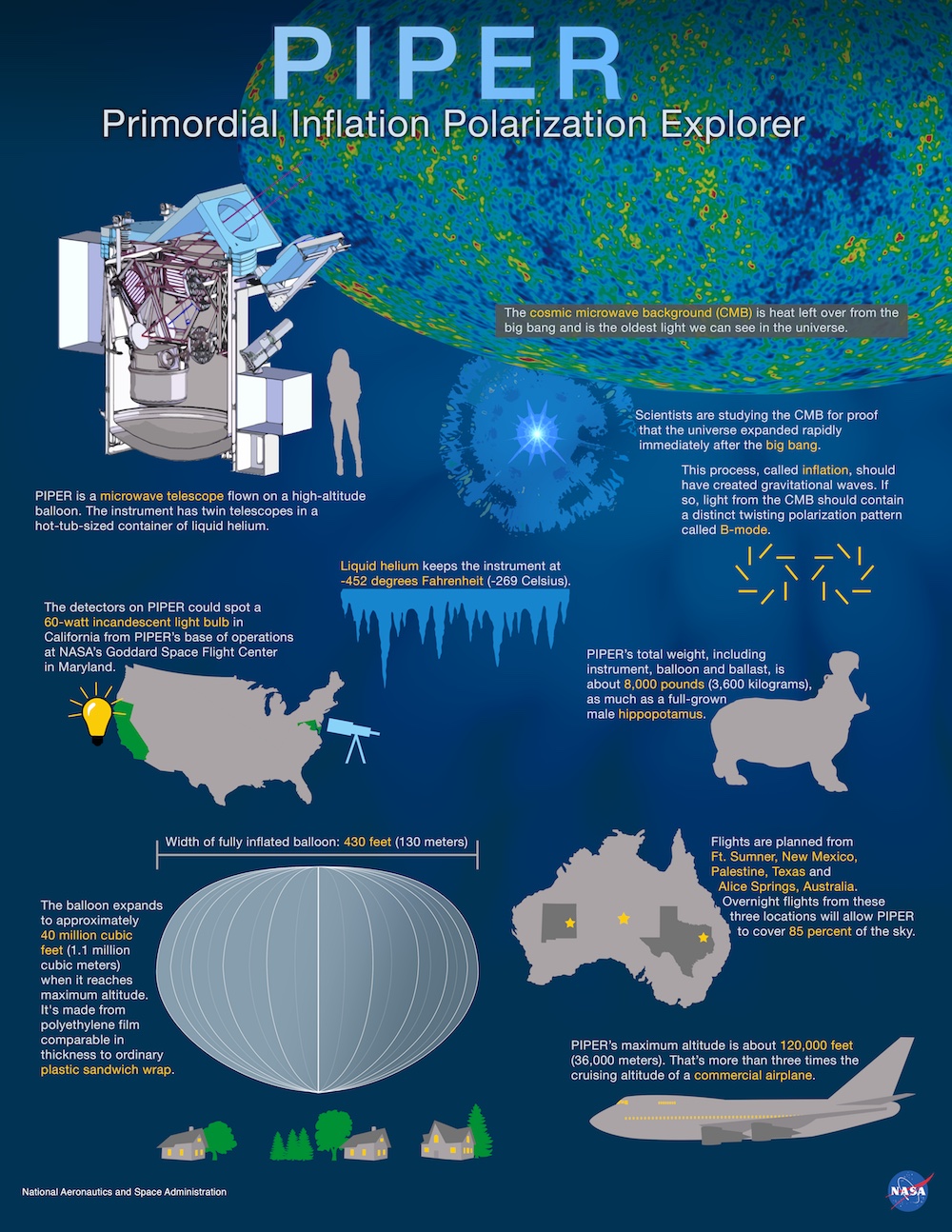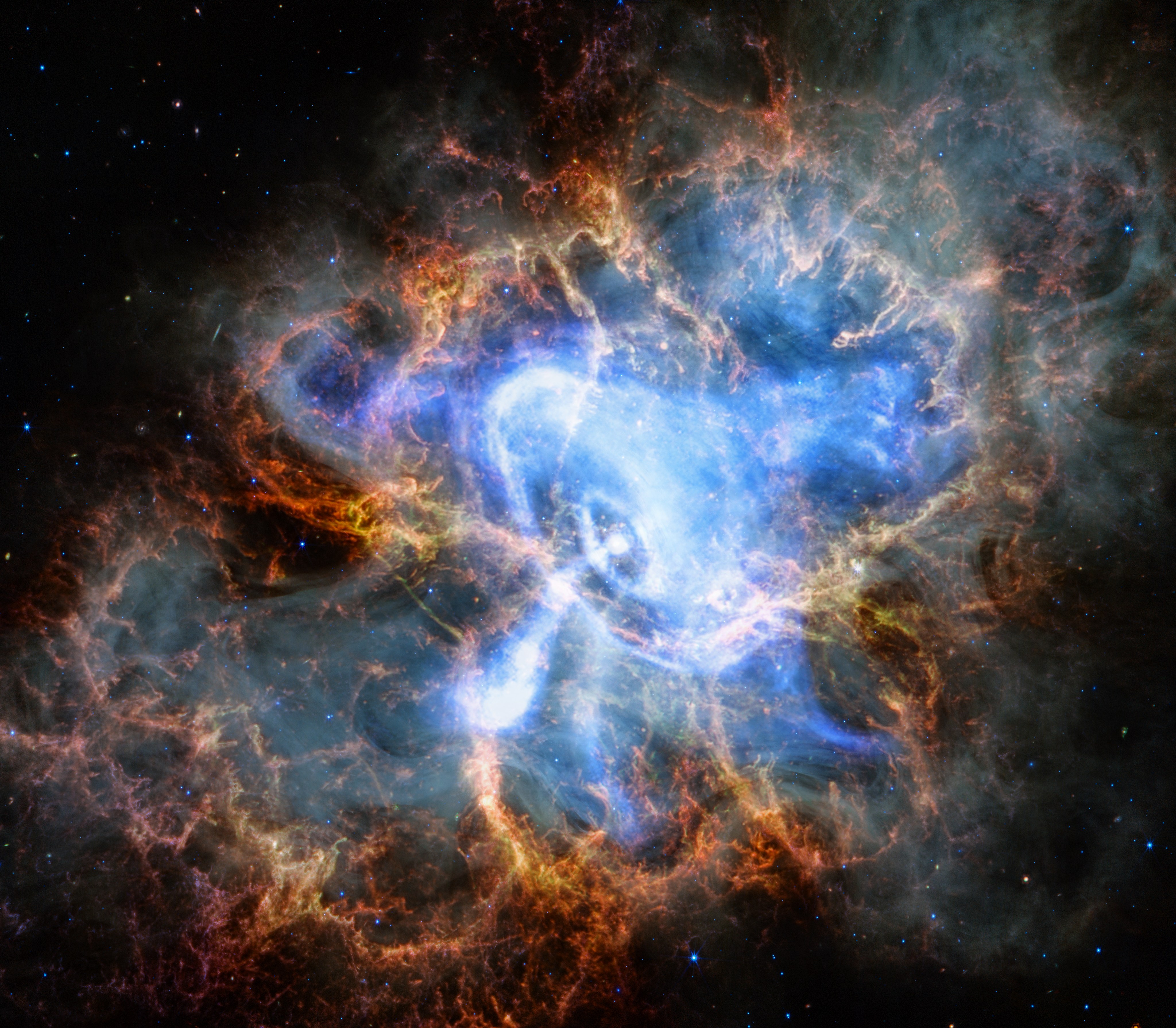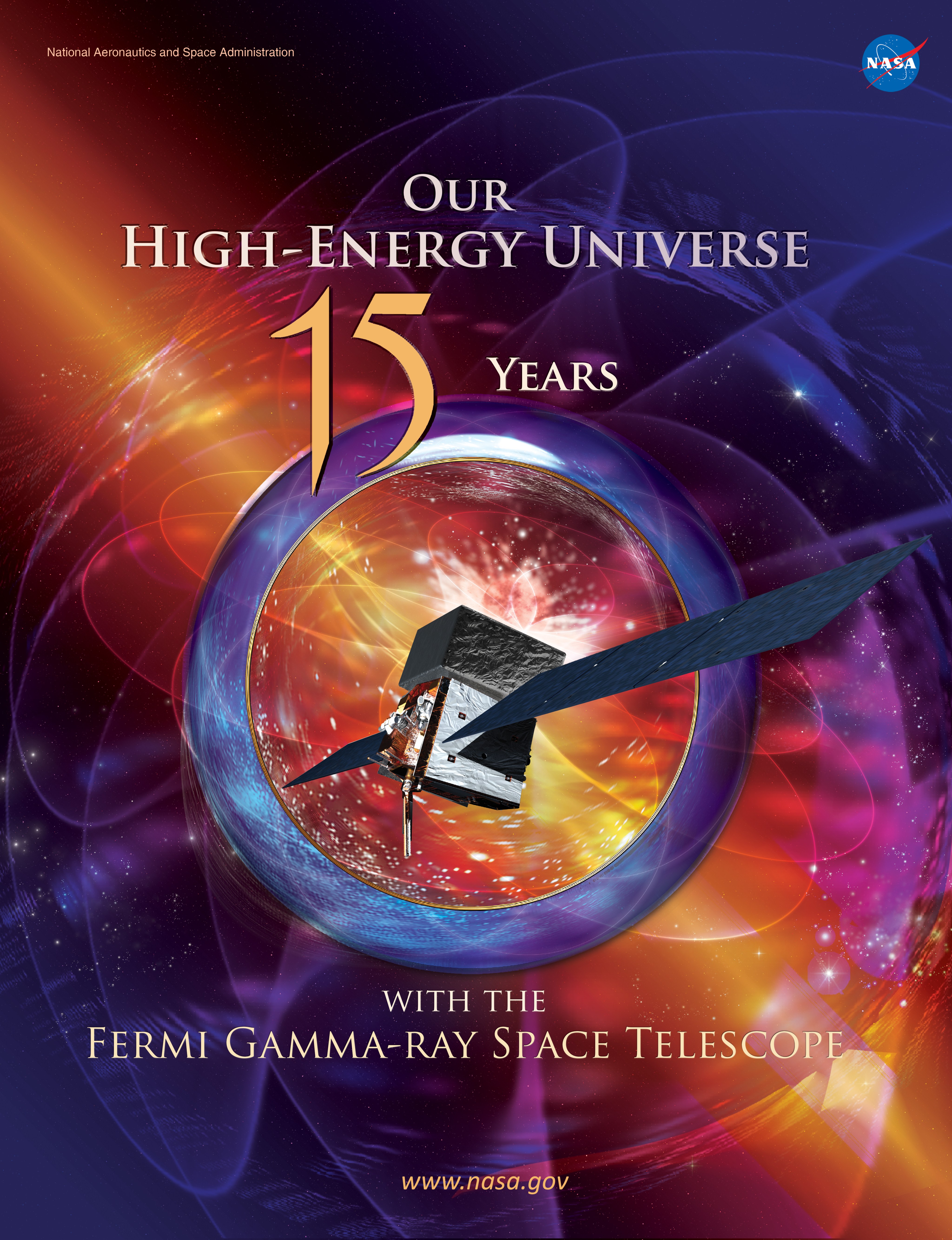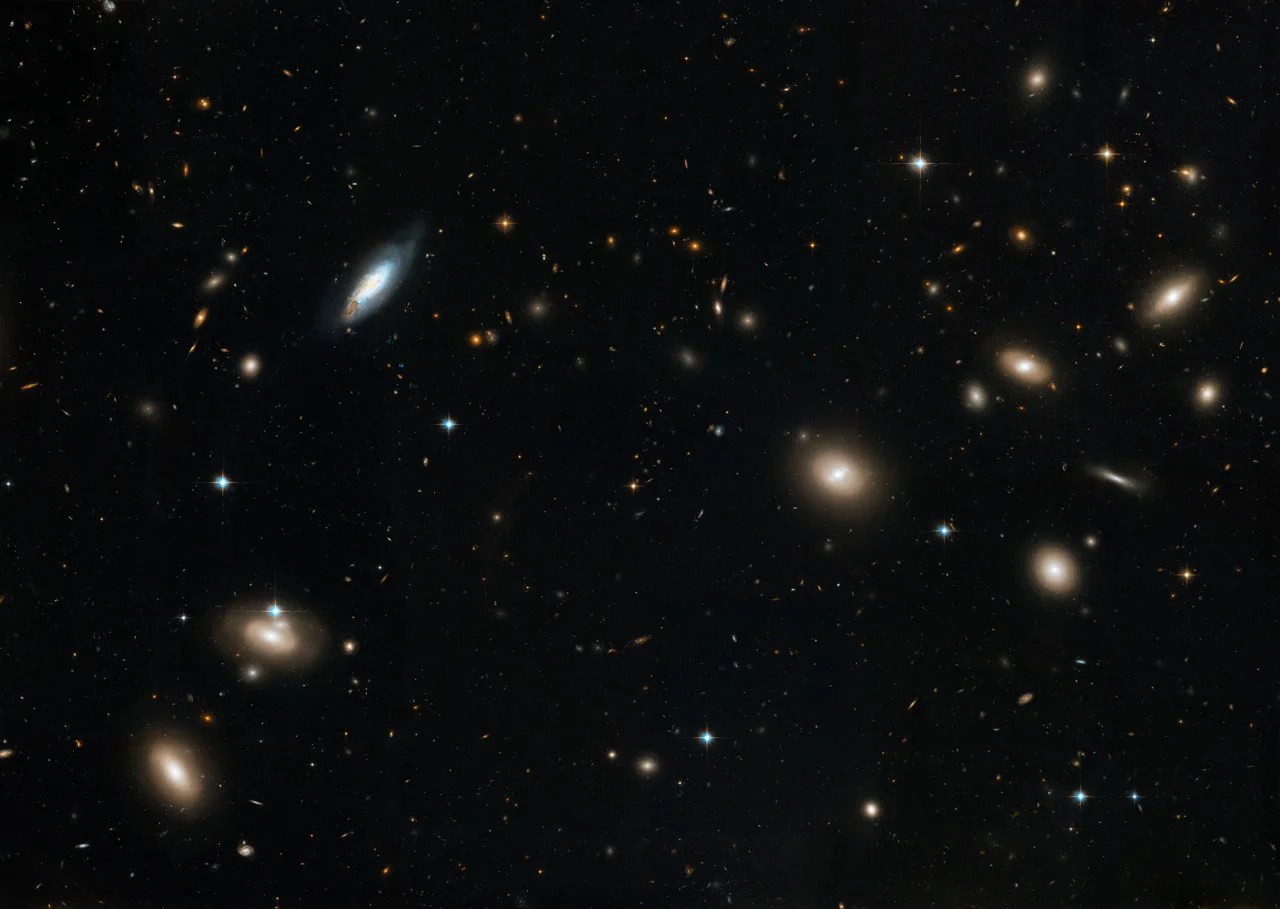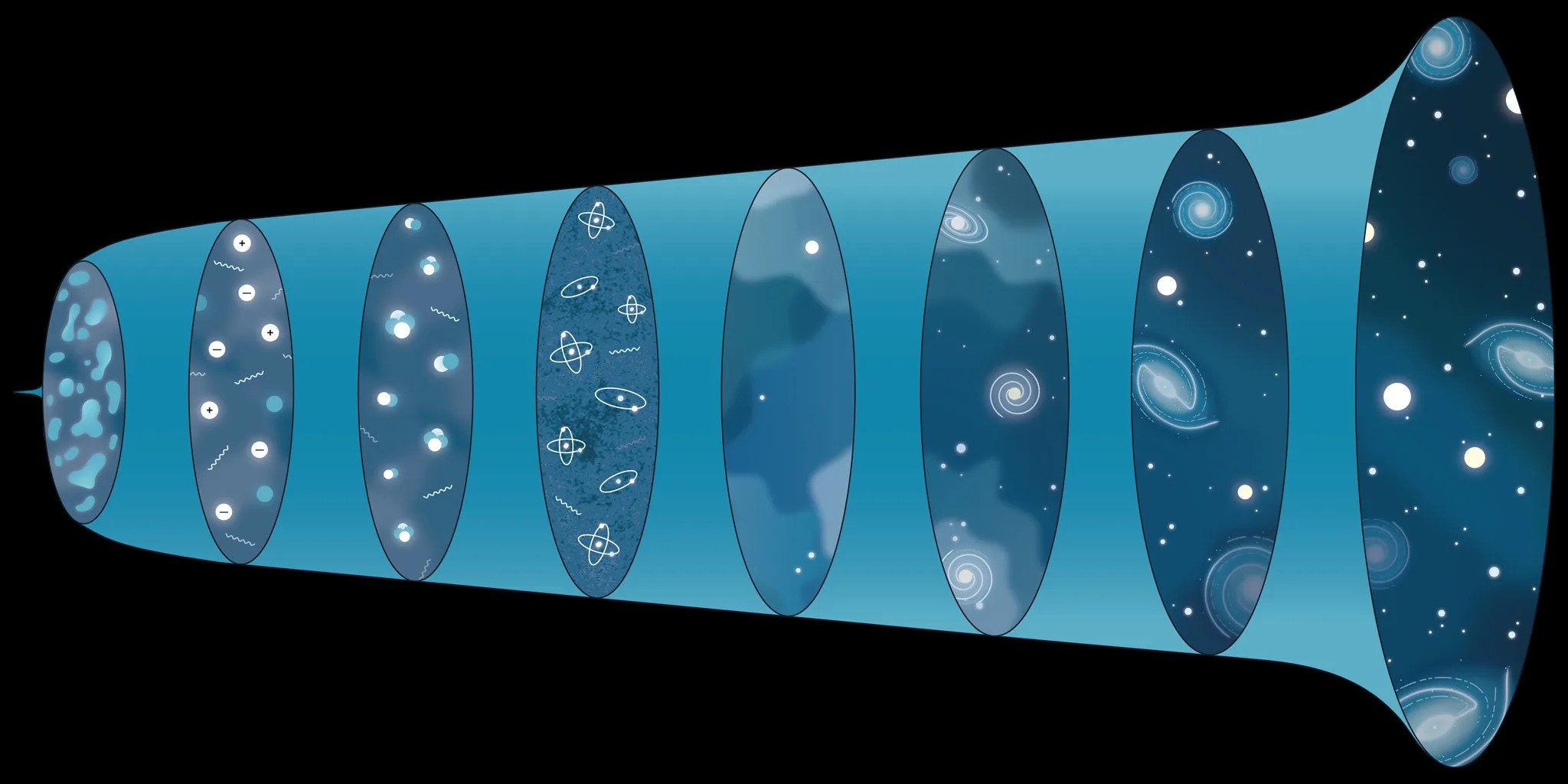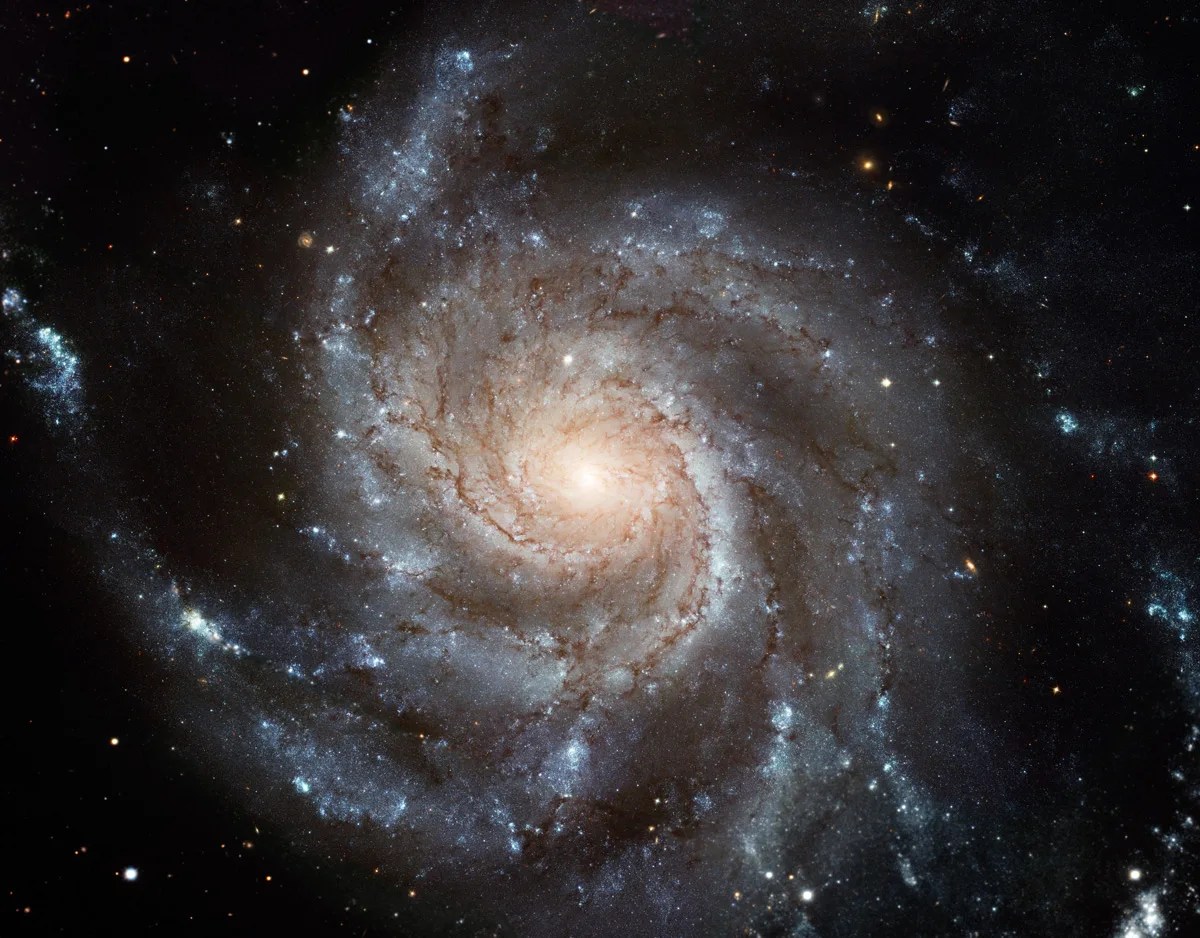5 min read
If you look at your baby photos, you might see hints of the person you are today — a certain look in the eyes, maybe the hint of your future nose or ears. In the same way, scientists examine the universe’s “baby picture” for clues about how it grew into the cosmos we know now. This baby photo is the cosmic microwave background (CMB), a faint glow that permeates the universe in all directions.
Over the years, several telescopes have been tasked with observing the universe’s baby picture. One of them is PIPER, the Primordial Inflation Polarization Explorer, which flies at the edge of our atmosphere on a balloon to look for subtle patterns in the CMB.
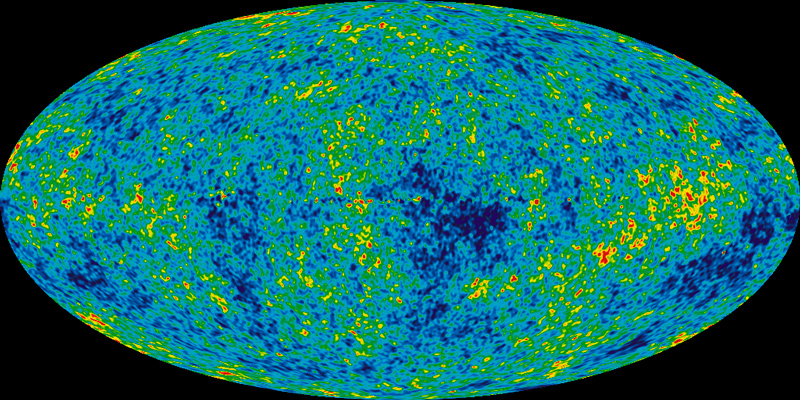
The CMB is cold. Really, really cold. The average temperature is around minus 455 degrees Fahrenheit. It formed 380,000 years after the big bang, which scientists think happened about 13.8 billion years ago. When it was first discovered, the CMB temperature looked very uniform, but researchers later found there are slight variations like hot and cold spots. The CMB is the oldest light in the universe that we can see. Anything before the CMB is foggy — literally.
Before the CMB, the universe was a fog of hot, dense plasma. (By hot, we’re talking about 500 million degrees F.) That’s so hot that atoms couldn’t exist yet – there was just a soup of electrons and protons. Electrons are great at deflecting light. So, any light that existed in the first few hundred thousand years after the big bang couldn’t travel very far before bouncing off electrons, similar to the way a car’s headlights get diffused in fog.
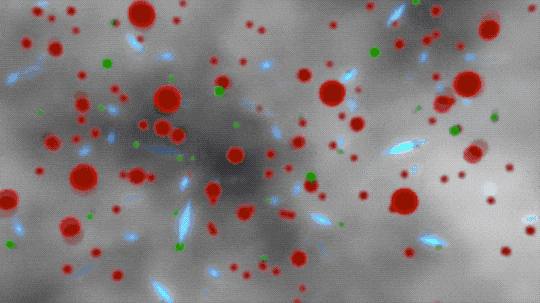
After the big bang, the universe started expanding rapidly in all directions. This expansion is still happening today. As the universe continued to expand, it cooled. By the time the universe reached its 380,000th birthday, it had cooled enough that electrons and protons could combine into hydrogen atoms for the first time. (Scientists call this era recombination.) Hydrogen atoms don’t deflect light nearly as well as loose electrons and the fog lifted. Light could now travel long distances across the universe.
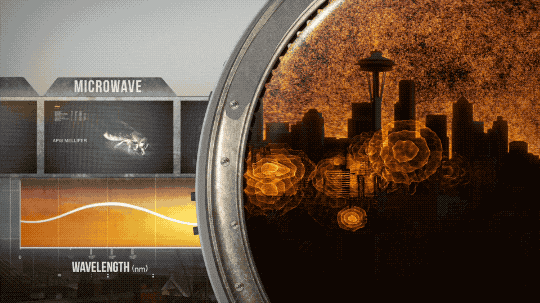
The light we see in the CMB comes from the recombination era. As it traveled across the universe, through the formation of stars and galaxies, it lost energy. Now we observe it in the microwave part of the electromagnetic spectrum, which is less energetic than visible light and therefore invisible to our eyes. The first baby photo of the CMB – really, a map of the sky in microwaves – came from our Cosmic Background Explorer, which operated from 1989 to 1993.
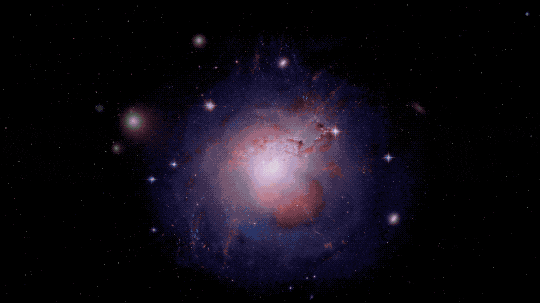
Why are we so interested in the universe’s baby picture? Well, it’s helped us learn a lot about the structure of the universe around us today. For example, the Wilkinson Microwave Anisotropy Probe produced a detailed map of the CMB and helped us learn that the universe is 68 percent dark energy, 27 percent dark matter and just 5 percent normal matter — the stuff that you and stars are made of.

Right after the big bang, we’re pretty sure the universe was tiny. Really tiny. Everything we see today would have been stuffed into something smaller than a proton. If the universe started out that small, then it would have followed the rules of quantum mechanics. Quantum mechanics allows all sorts of strange things to happen. Matter and energy can be “borrowed” from the future then crash back into nothingness. And then cosmic inflation happened and the universe suddenly expanded by a trillion trillion times.
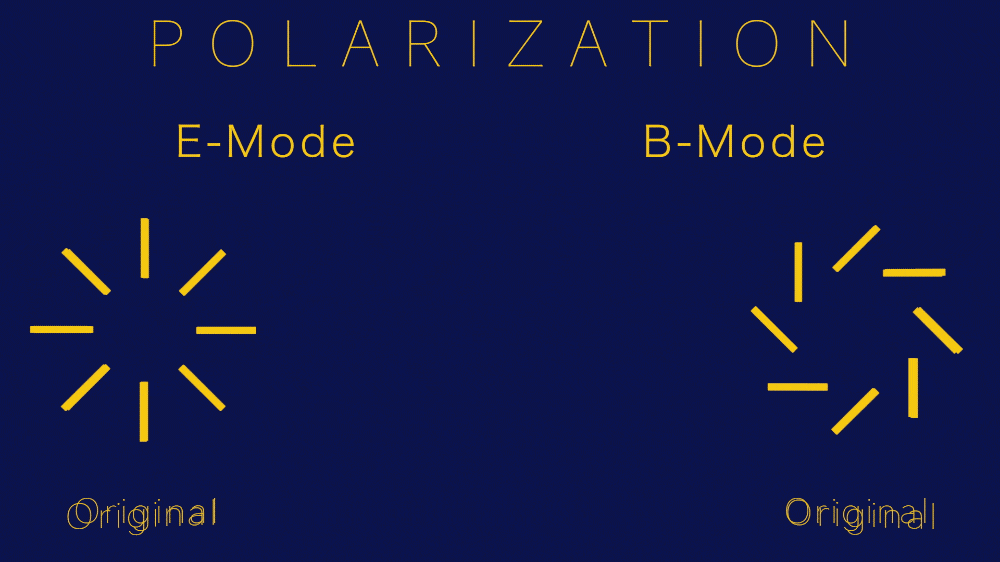
All this chaos creates a sea of gravitational waves. (These are called “primordial” gravitational waves and come from a different source than the gravitational waves you may have heard about from merging neutron stars and black holes.) The signal of the primordial gravitational waves is a bit like white noise, where the signal from merging dead stars is like a whistle you can pick up over the noise.
These gravitational waves filled the baby universe and created distinct patterns, called B-mode polarization, in the CMB light. These patterns have handedness, which means even though they’re mirror images of each other, they’re not symmetrical — like trying to wear a left-hand glove on your right hand. They’re distinct from another kind of polarization called E-mode, which is symmetrical and echoes the distribution of matter in the universe.
That’s where PIPER comes in. PIPER’s two telescopes sit in a hot-tub-sized container of liquid helium, which runs about minus 452 degrees F. It looks at 85 percent of the sky and is extremely sensitive, so it helps us learn even more about the early days of the universe. By telling us more about polarization and those primordial gravitational waves, PIPER helps us understand how the early universe grew from that first baby picture.
